Buy it for life cycling tech - The antidote to Black Friday
While everywhere is awash with throwaway deals, here are some things that may well outlive you
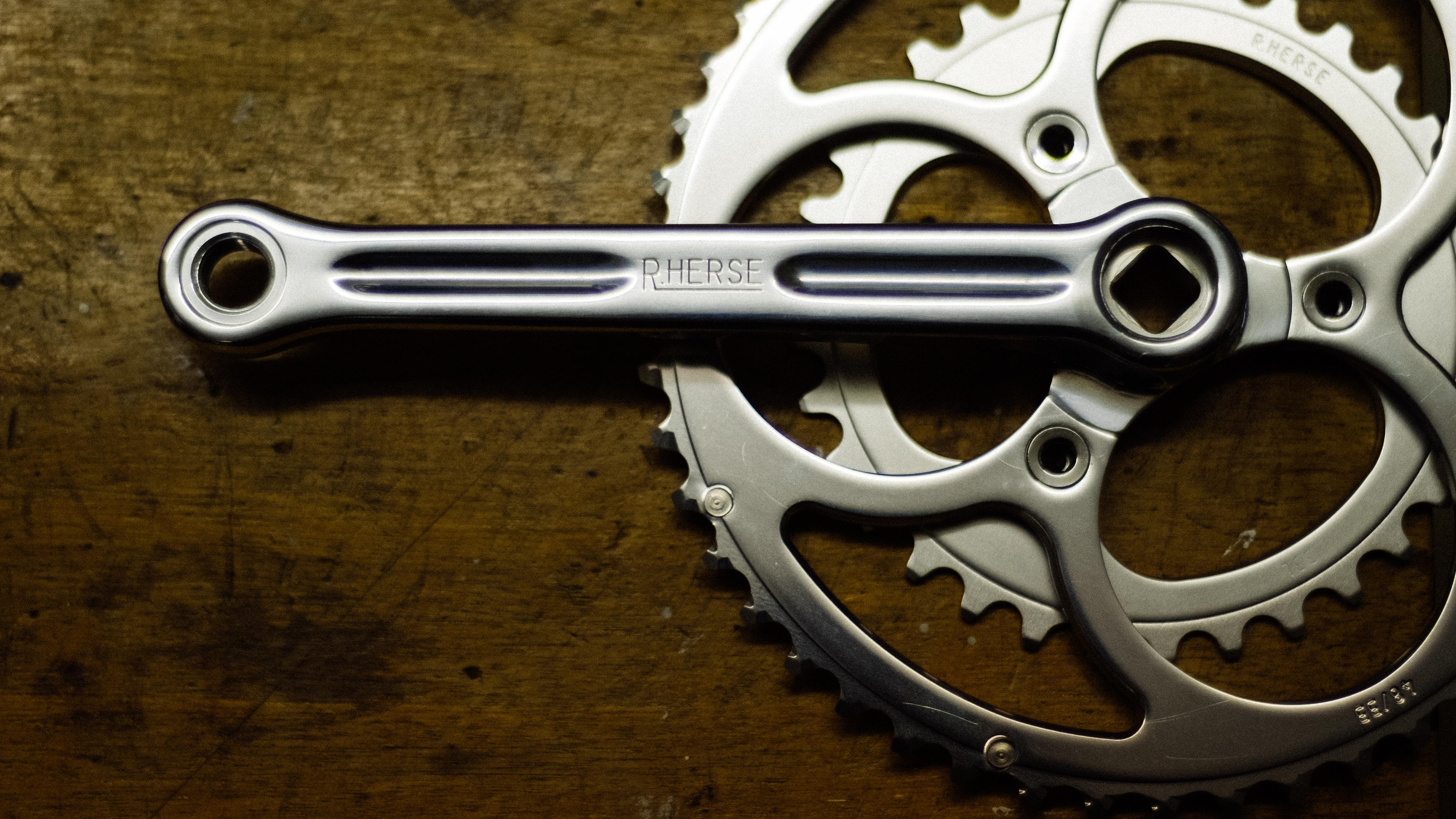
You know how your grandparents would always say “things were made to last in my day!”? Well, with planned obsolescence baked into the world of electronic goods they certainly were right when it comes to phones, fridges, and cars. Bike tech doesn't necessarily suffer from the same problems that cause your phone to die right after the warranty expires, but there is certainly an element of throwaway culture in the industry. Having the latest tech every year necessitates getting rid of the old tech, and while you can sell it to reduce the amount of waste, you are still consuming resources and spending money.
What if there was another way? There is a large community around the concept of Buy It For Life, where followers try to consciously consume things that will last, if not a full lifetime, at least significantly longer than the competition. The list below is what we here at Cyclingnews could reasonably constitute Buy It For Life cycling tech.
Naturally, some products are high-end, such is often the nature of quality construction, and we recognise to be able to afford such things is a privilege not afforded to everyone, so we’re not going to preach the old “buy cheap, buy twice” adage given we're in a cost of living crisis. That being said there are also plenty of options that are cheaper or an equivalent price to the competition.
As much as being a valuable resource, it's also intended as something of a counterpoint to the frenzy around buying presents at this time of the year, and all the associated Christmas gifts that come with it.
Without further ado, then, what are the items that we here at Cyclingnews would recommend if you want to invest in something once and once only?
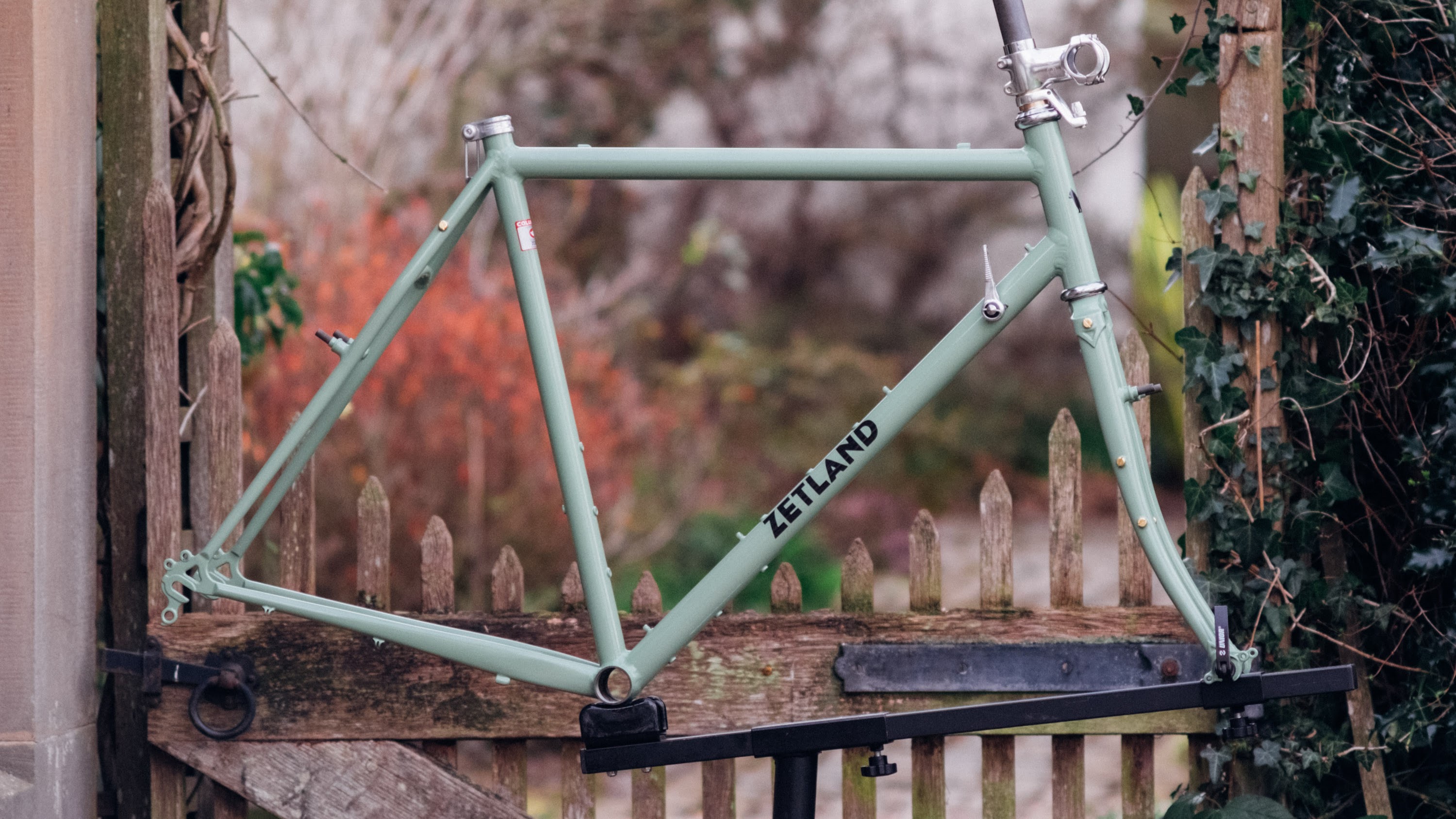
A steel frame with downtube shifter bosses
Aficionados of steel bikes will claim a special ride quality, though this is as much down to design, and alloy and butting profiles as much as anything intrinsic to the material itself. Irrespective of any #Steelisreal claims, it does have a longevity that can only really be bettered by titanium. Aluminium and carbon both reach an end point in their service life. Why, then, would we recommend a steel frame which will rust over a titanium one that won't? Firstly it comes down to cost; steel will be significantly cheaper than a titanium equivalent, and providing you look after the frame the steel bike will easily last a lifetime. Steel bikes can also be fitted (either stock or brazed on later) with downtube shifter bosses.
These bosses don’t necessarily need to be used and can be utilised as cable guides if you decide to use shifters at the bars, but it allows the use should you require of an absolutely failsafe shifting system which will run happily for decades. Finally, although titanium can be repaired, it is significantly more difficult and there is a smaller network of competent frame builders. Steel on the other hand can be fixed easily, with whole tubes able to be replaced in the event of a crash, keeping your investment going even after the worst has happened.
Get The Leadout Newsletter
The latest race content, interviews, features, reviews and expert buying guides, direct to your inbox!
The frameset pictured is my own, that I made for myself. I use it for everything from multi-day bike tours through to nipping to the shops to grab a pizza because it's the most reliable bike in the garage. You don't need full custom though, you can easily find a second-hand one or most options from Surly would be a great jumping-off point.
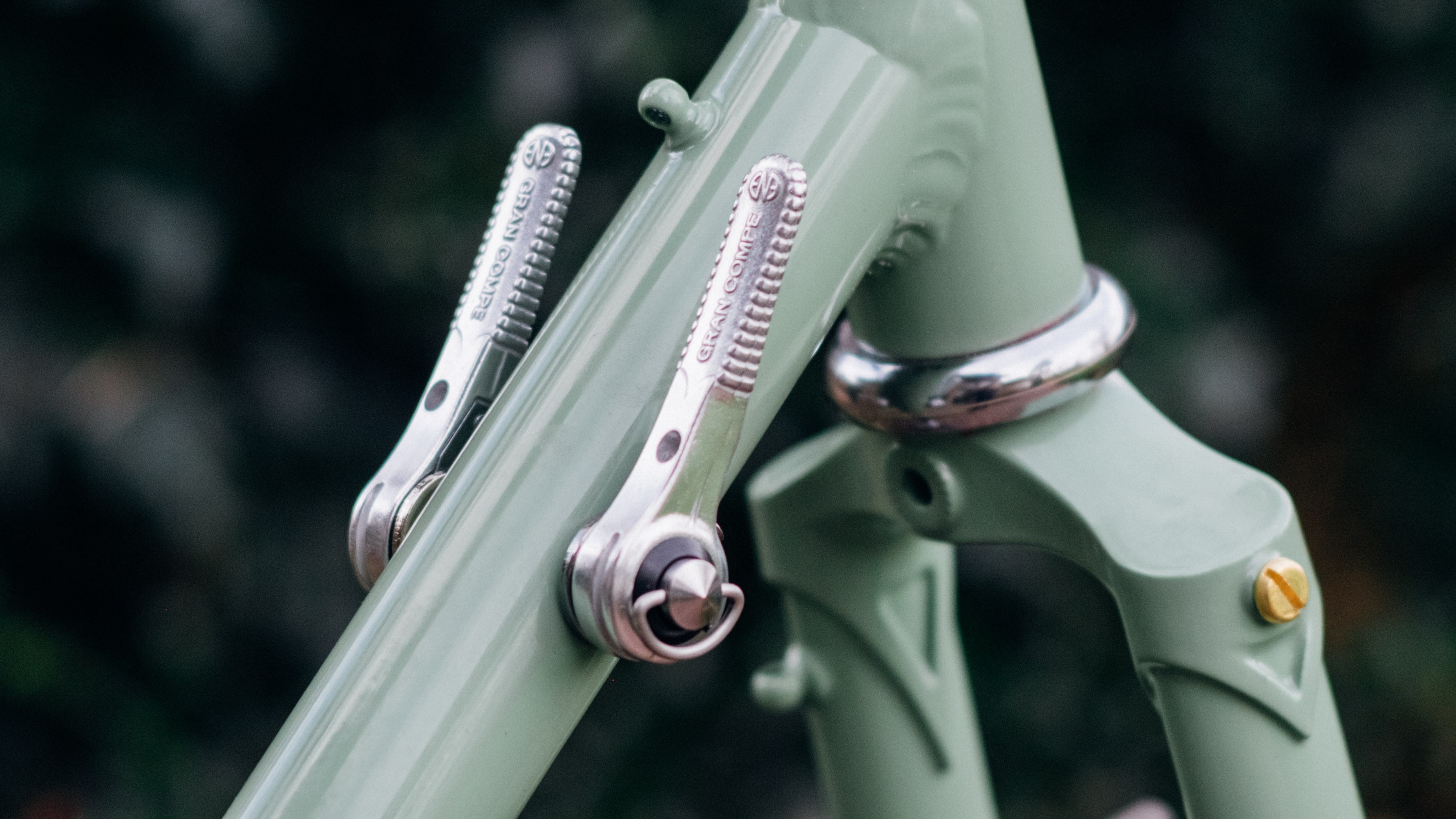
Friction shifters
Following on from the above, friction shifters provide an absolutely failsafe system for actuating your gears. There is no indexing to worry about, no shifter internals to wear out or break, just a simple lever that bolts onto your frame, bar end, or anywhere else you can fit a mount for it.
There’s a reason you see so many students riding bikes with downtube shifters; they’re nearly impossible to break, no matter how much the bike is neglected. They are also generally extremely cheap, and compatible with anything from two to twelve-speed, though they generally work best for nine-speed and below. There’s an art to the shifting for sure, but you’ll have a lifetime to master it.
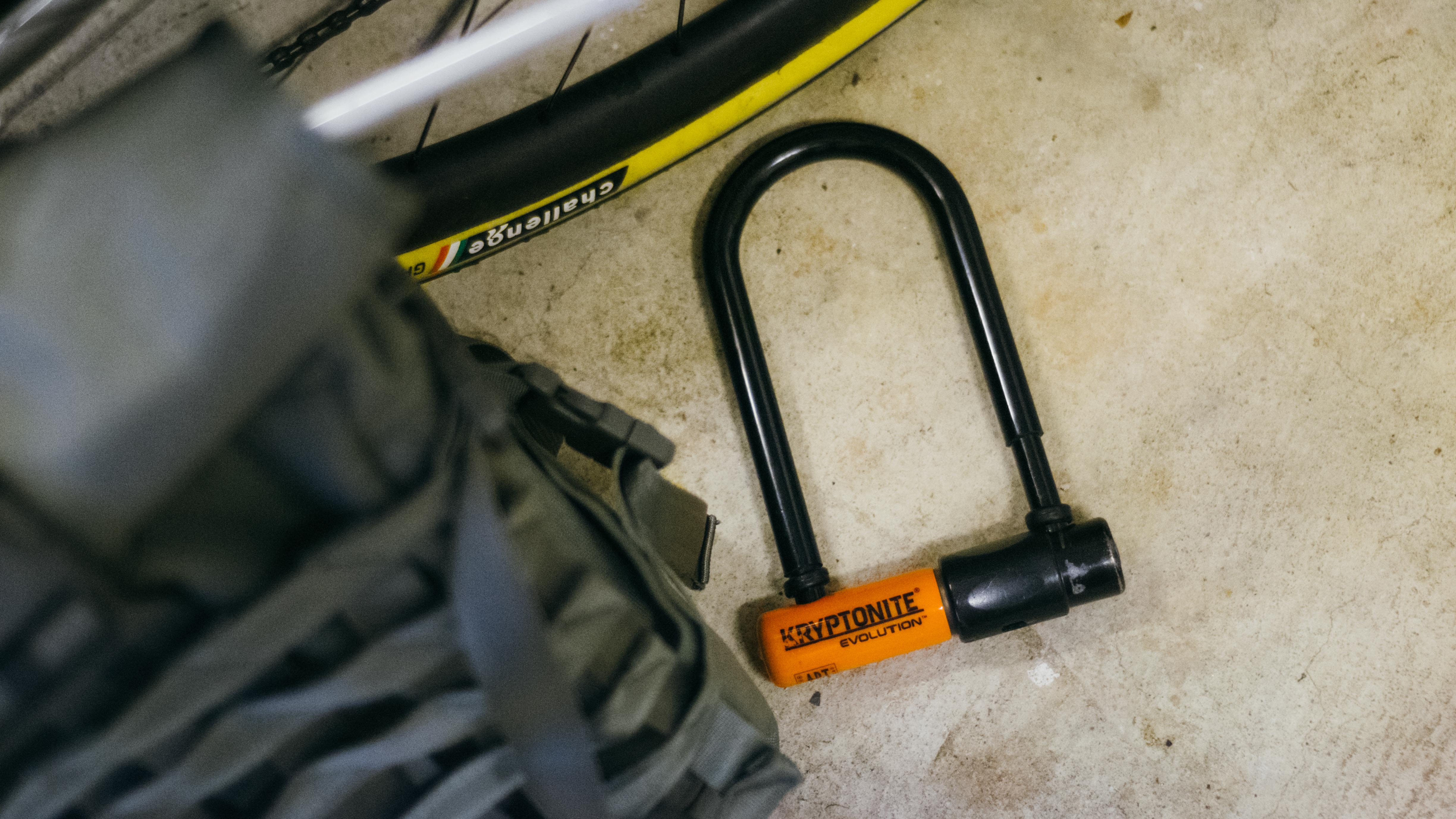
A Kryptonite D-Lock
All the marketing around Kryptonite locks is very New York. Tough, gritty, urban environments beset with bike thieves who’ll stop at nothing to steal your pride and joy. While I am unaware of how many thieves my own Kryptonite lock has deterred it has been a constant companion for my commutes and city riding for longer than I care to remember, and is only showing cosmetic wear; the lock mechanism is still buttery smooth. It's no great surprise that Kryptonite locks feature in our list of the best bike locks.
While not a D-lock, I did also use a Kryptonite chain lock at university, the same one as in our list of the best bike chain locks, leaving it on campus permanently for a whole year exposed to the elements and, with only the occasional squirt of GT85, it was no worse for wear for it.
Even the best locks are unable to protect your bike completely, but at least with one of these, you’ll only have to replace it if some unscrupulous person manages to hack their way through it rather than when it wears out or jams, at which point it will probably be a secondary worry to the loss of your bike.
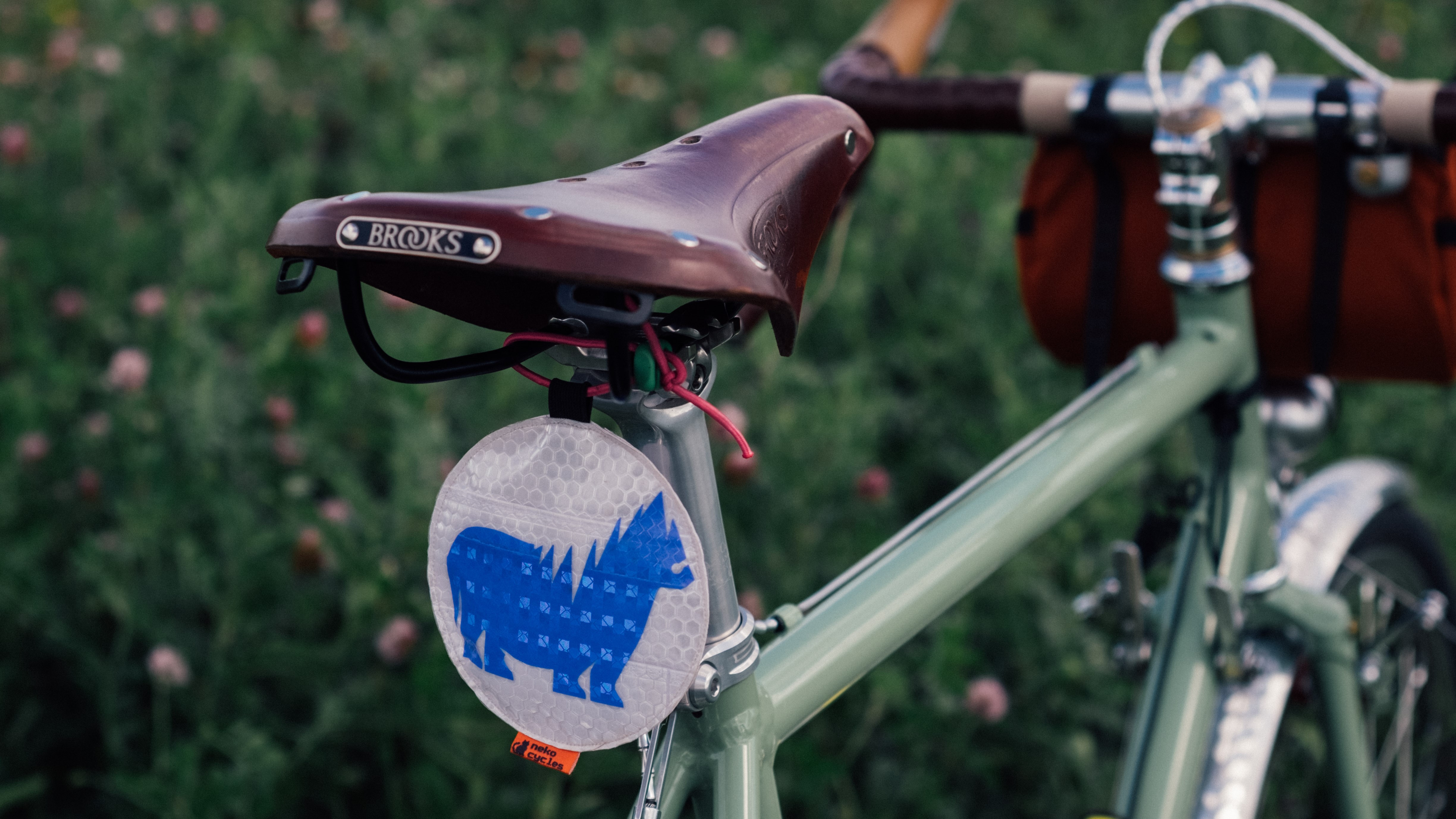
Brooks leather saddle and tape
Before people started referring to them as ‘leather saddles’ they were simply ‘saddles’, and saddles of the Brooks style adorned the majority of bikes from Tour de France racers to classic British three-speed commuter machines. Brooks is certainly the biggest name in leather saddles nowadays, and while with enough use you will eventually break it in beyond any more reasonable use, they will also endure many years of hard use and only ever get more comfortable as the leather slowly forms to the contours of your rear end. It’s not uncommon to see decades-old models still going strong with a heavy sag. There is a weight penalty, and while its leather models don’t currently feature on our list of the best road bike saddles or the best gravel bike saddles they are still exceptional performers in the right context, and if comfort is your key consideration, just bear in mind they do require re-tensioning periodically (a five minute easy job).
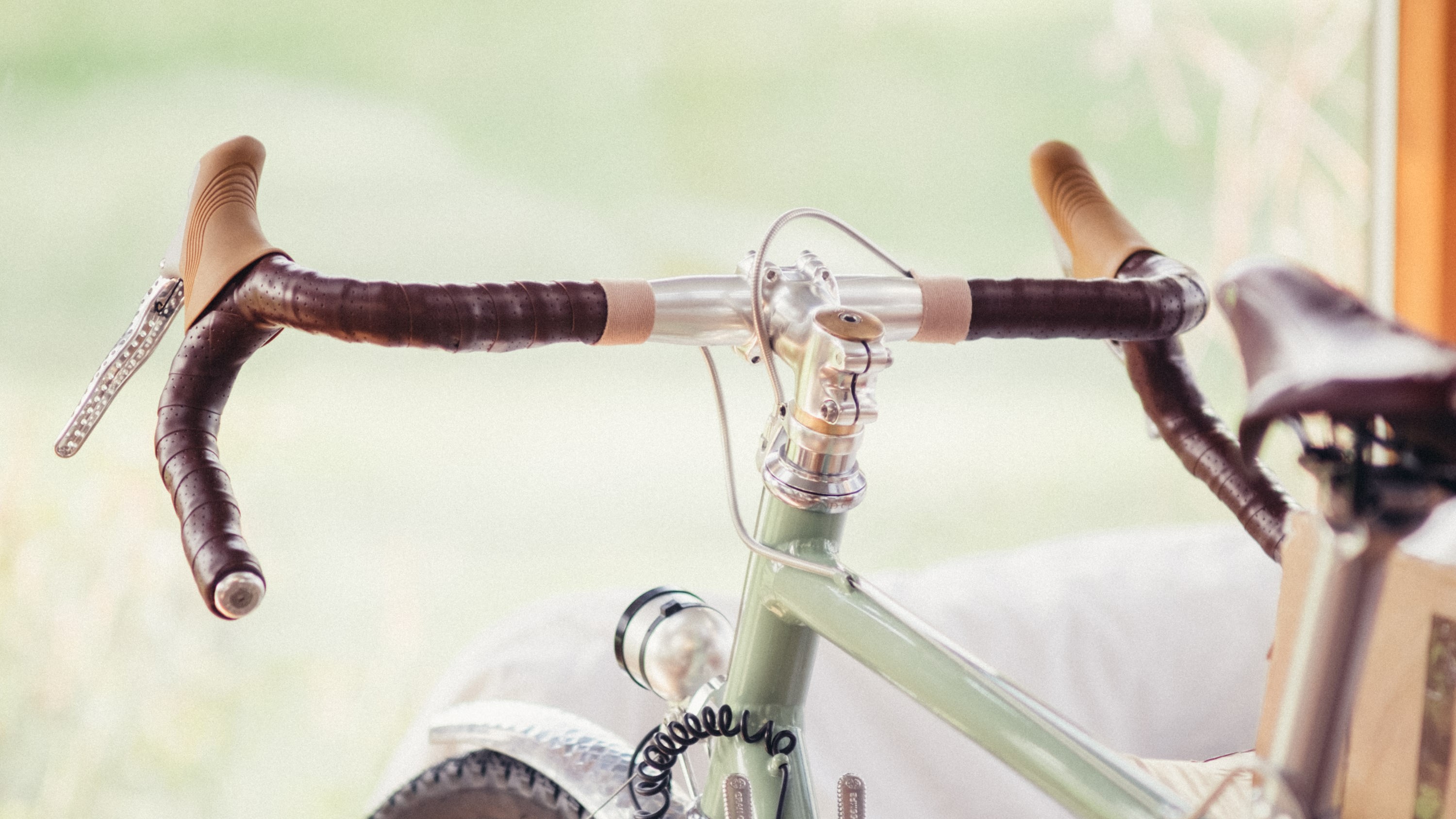
Where leather can also really shine is in the world of bar tape. Even the most resistant black synthetic tape begins to look tatty after a season and loses its properties, whereas leather tape will last for years and look better with age too as it takes on a unique patina. It is not vegan, though vegan leather options are available, making the switch could save you the cost of at least five rolls of standard tape, along with the waste that would entail.
Still not convinced? Brooks offers a 10-year guarantee on all its leather saddles.
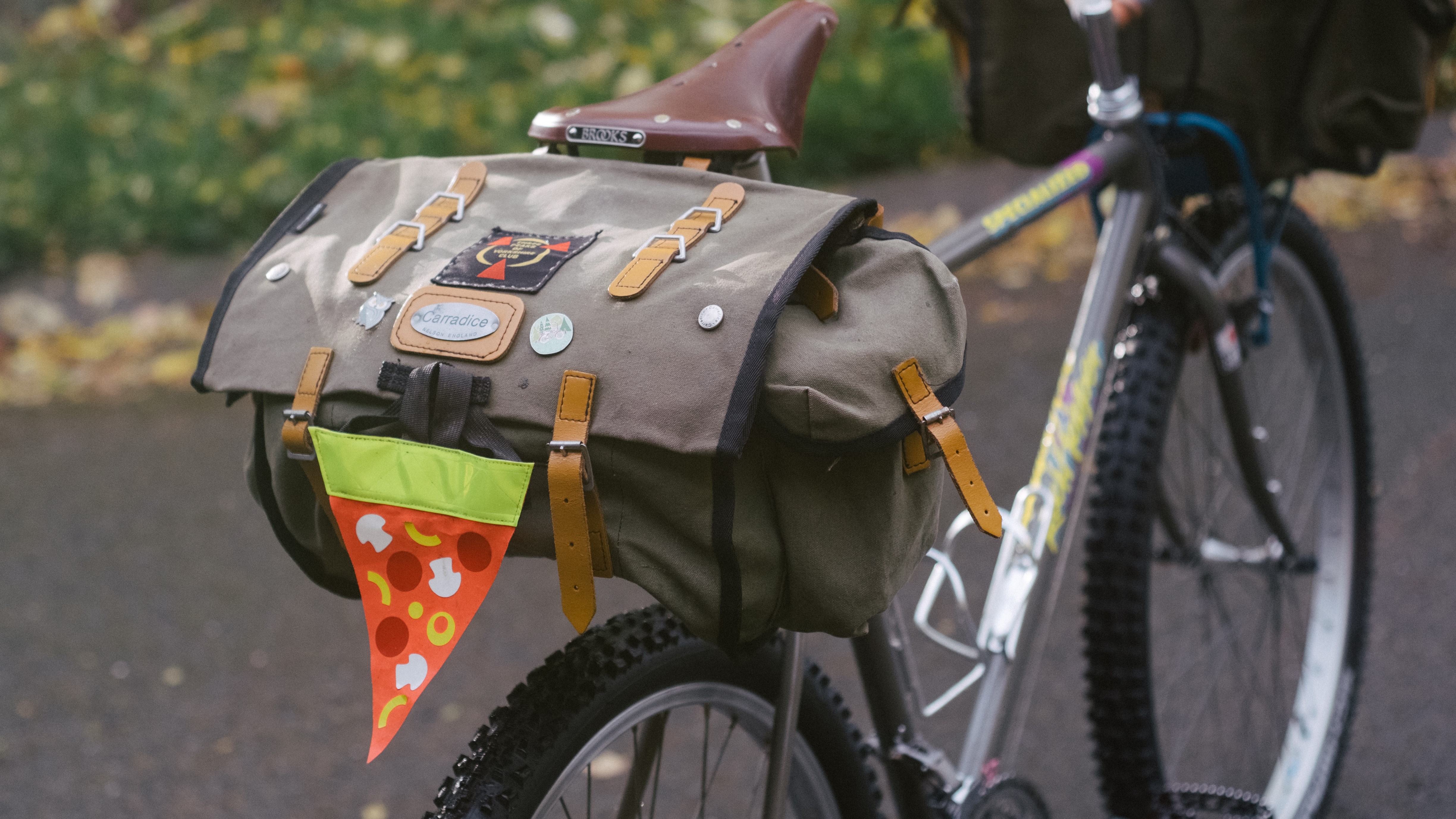
Carradice saddlebags
Another British classic, and staple of the lightweight cycle tourist. Carradice saddlebags are still made in Nelson, near Manchester, and its canvas models are near-indestructible. The classic range, with bucolic names like ‘Barley’ and ‘Nelson’, are constructed from cotton duck, a hardy waxed canvas that, on contact with water, swells up and seals any holes in the structure, rendering it extremely waterproof. I own four Carradice bags and have used them in some really atrocious conditions and they have kept my belongings bone dry.
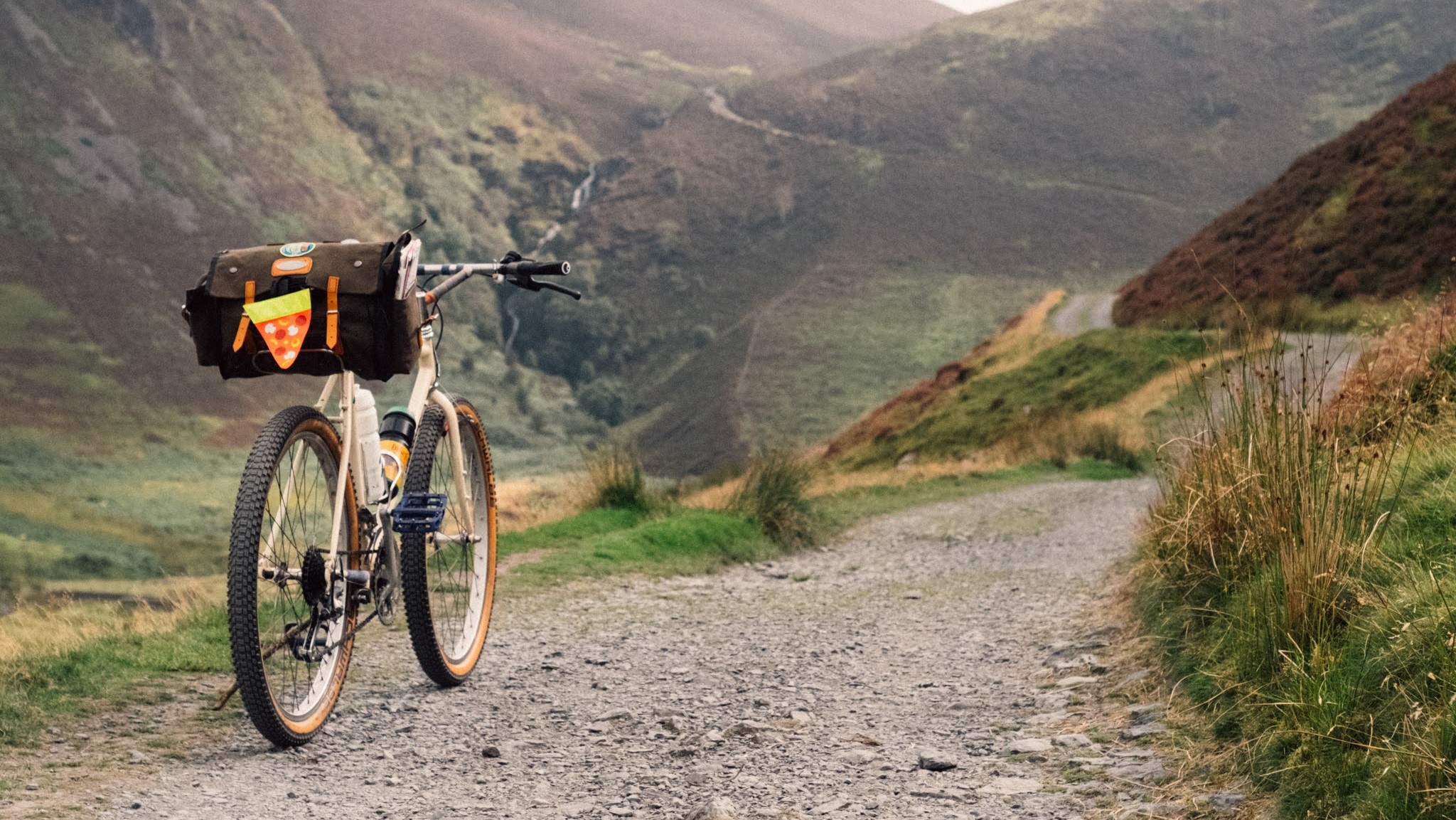
What’s more, being canvas the bags are easily reparable with a needle and thread, can have patches added, and can be easily re-waxed should they lose their lustre. They work best with saddles with loops such as those from Brooks but can be mounted on handlebars too, or aftermarket loops and specific mounting systems can be found. The two bags I use for bikepacking, a Nelson and Camper, were both bought second-hand online, rewaxed at home and are good as new despite being many years old already.
While this is billed as the antidote to Black Friday, it would be remiss of us not to point out that Carradice does have 20% off site-wide for Black Friday.
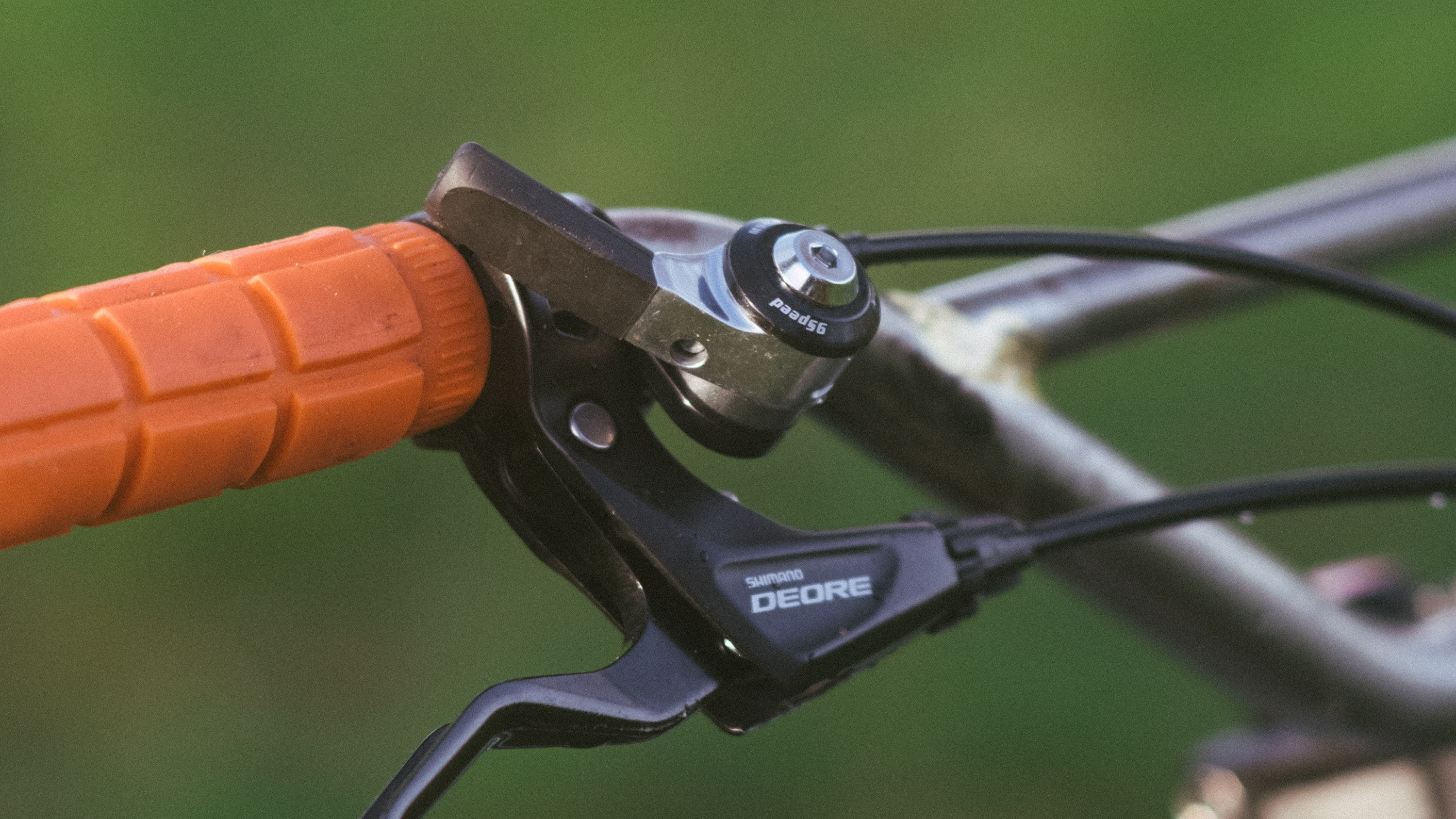
Sunrace shifters
If friction shifting is a step too far then these levers from Sunrace could well be a happy middle-ground for you. They come in indexed and micro-ratchet varieties (for the rear and front derailleurs respectively) and their extremely simple construction, almost entirely from aluminium, means they’ll keep shifting happily for ride after ride.
I use a nine-speed one as a thumb shifter on my mountain bike and a micro-ratchet in bar-end guise to actuate the front derailleur on my road bike. This gets some funny looks and sits somewhat at odds with the racy nature of the machine and the rest of the Ultegra groupset, but when the left-hand shifter internals broke I swapped to a more reliable, cheaper alternative and honestly can’t see myself swapping back except in the case of a total groupset overhaul.
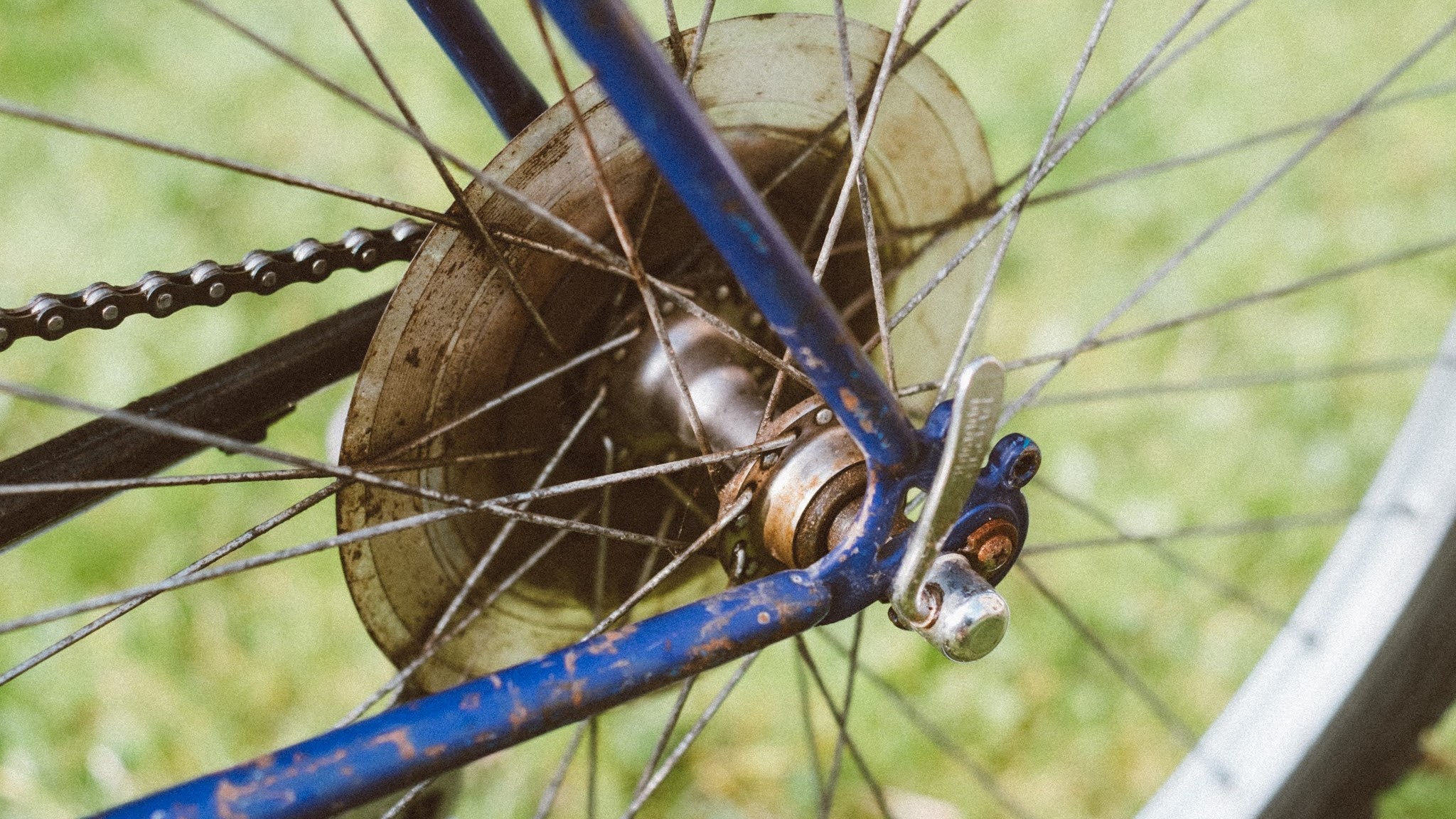
Cup and cone hubs
The venerable cup and cone bearing system feels like it should be consigned to the history books in favour of sealed cartridge bearings. Nobody has told Shimano this though; it has doggedly stuck to the system since the year dot, even on its high-end wheelsets.
While sealed bearings will need to be replaced, cup and cone systems can be serviced by removing the cone and ball bearings, cleaning everything up and reinstalling with fresh grease. The ball bearings may get pitted with enough abuse, but they’re easy to replace with fresh ones or even ceramic options if you’re feeling particularly flush.
My daily driver, a 1988 Specialized Rockhopper, is still rolling more than happily on its original hubs, the rear you can see above before I got my hands on it, I just need to remember to give them a quick tune-up every six months or so.
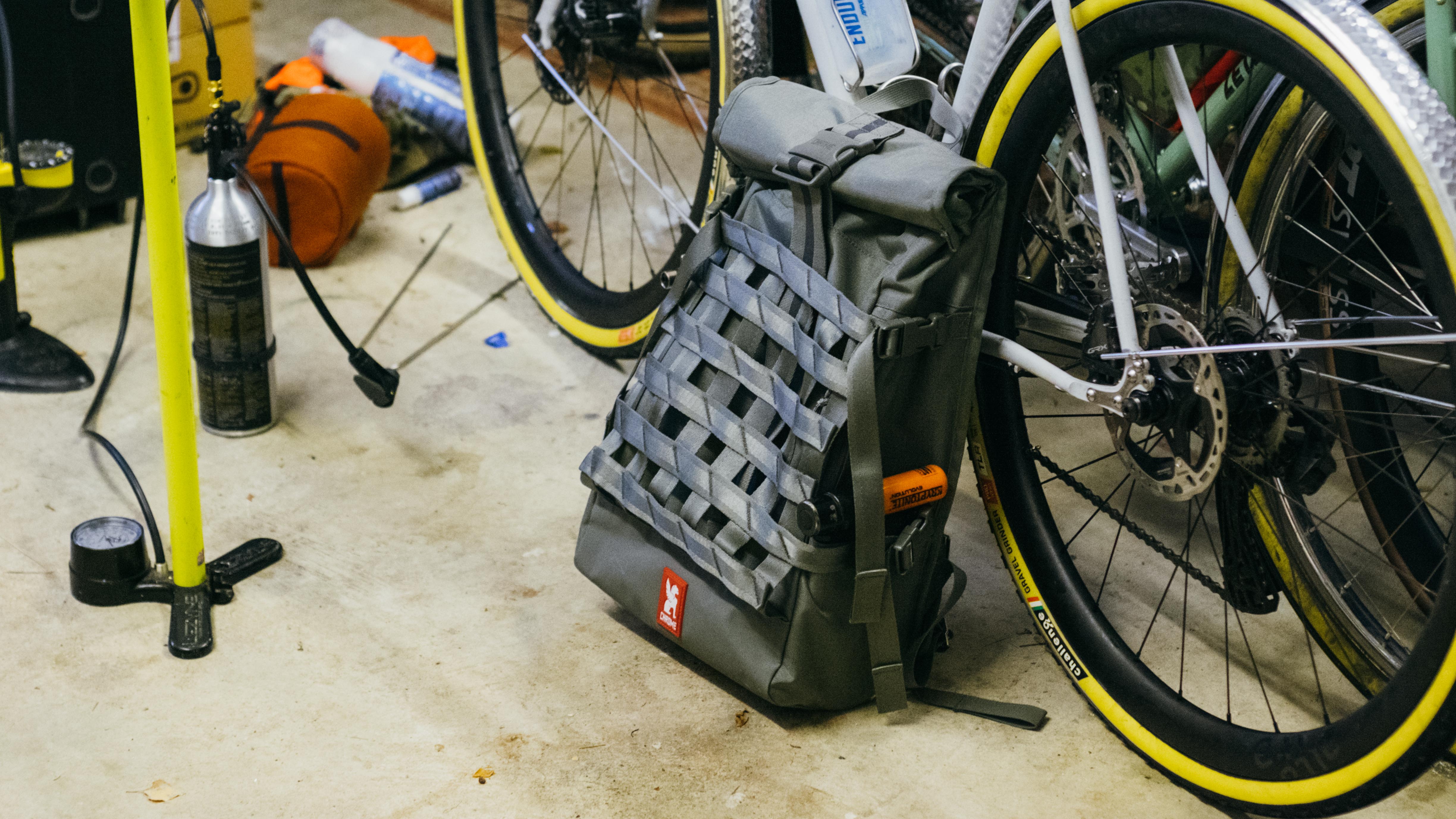
Chrome Industries messenger bags
Much like the brand identity of Kryptonite, Chrome Industries has established itself as the brand of bike messengers and urban cyclists. I’ve used its bags for many years, and while I cannot vouch for the longevity of much of the range, the key messenger bags are bombproof. My Citizen sling bag is only showing a little bit of wear and tear after eight years of hard use, including two years of daily use in all weather as a commuter bag. I’m confident the Barrage Cargo, which I’ve just started testing, will fare just as well in the durability stakes.
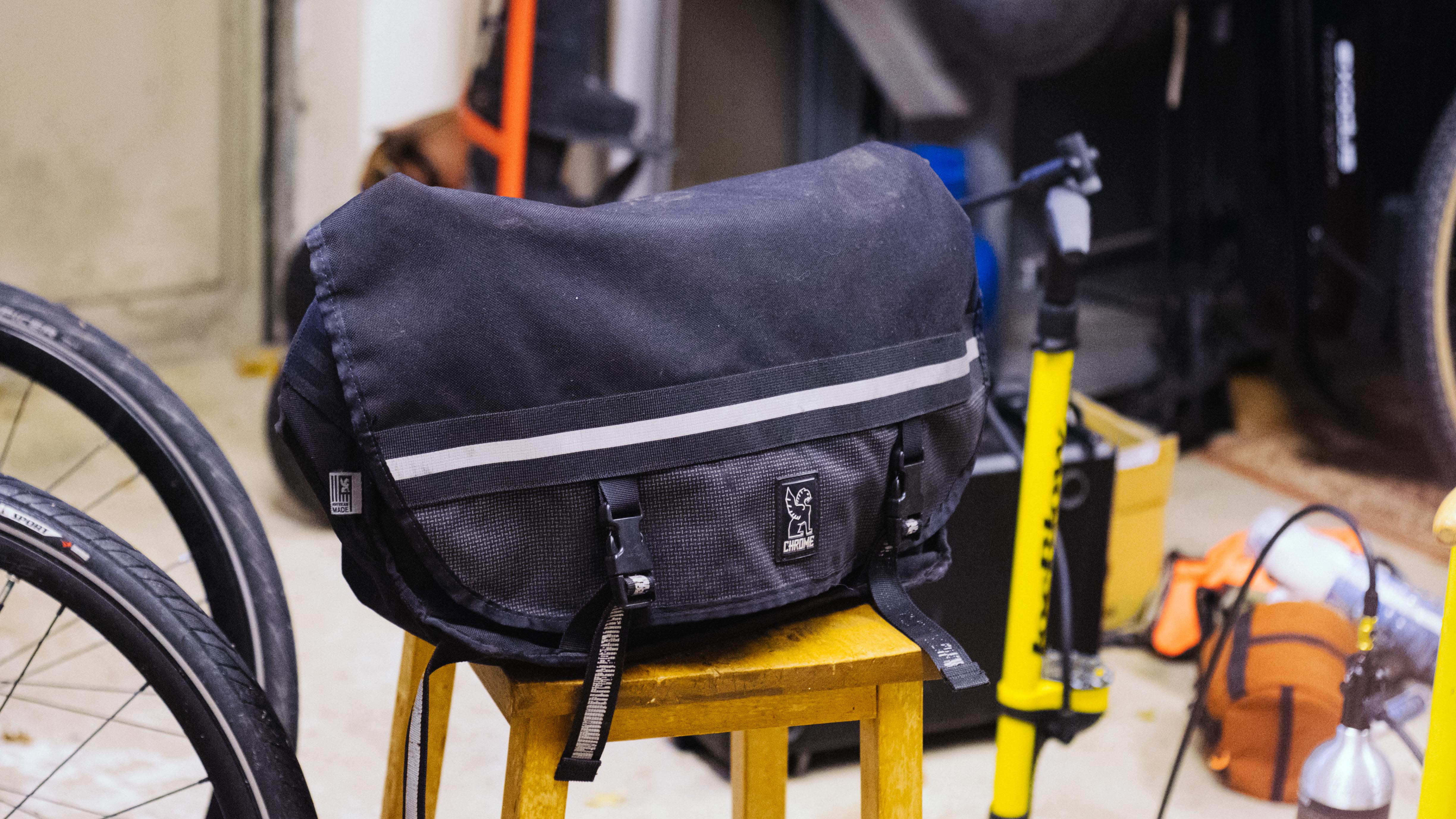
The messenger bags are constructed from extremely hardy materials, around a military-grade (whatever that means) tarp liner. The straps also feature seatbelt webbing and the trademark seat buckle for closures, which will outlive plastic buckles without question. The outer fabrics are also very hardy, and can easily shrug off regular scuffing.
Collectively it makes the bags essentially impervious to water (I’ve even used mine as a beer cooler full of ice before) and durable enough for years of daily use. They’re not as svelte as others in our list of the best cycling backpacks, but they’ll probably outlive most of them. Not many things get a lifetime warranty nowadays, but these messenger bags do.
As per Carradice, Chrome also has a Black Friday Sale on.
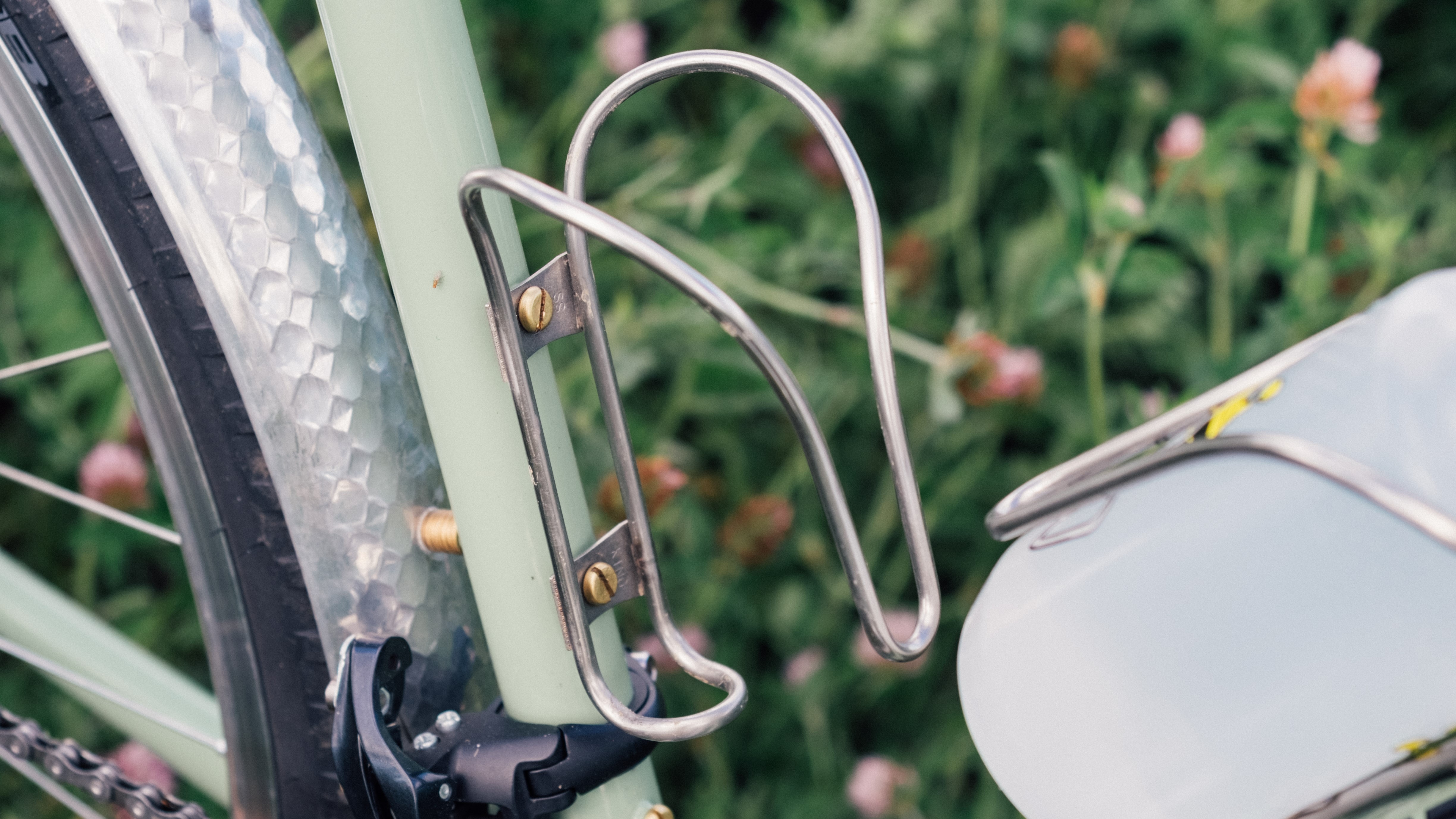
King Cages
Bottle cages are often the final afterthought to a bike build. Regularly unexciting, functional objects that don't get the heart racing like a crankset or some jazzy bar tape does. That being said, all bottle cages are not created equal. Plastic and carbon models, though light, are often fragile, and cheap aluminium options are usually prone to bending and feature scruffy, hurried welds.
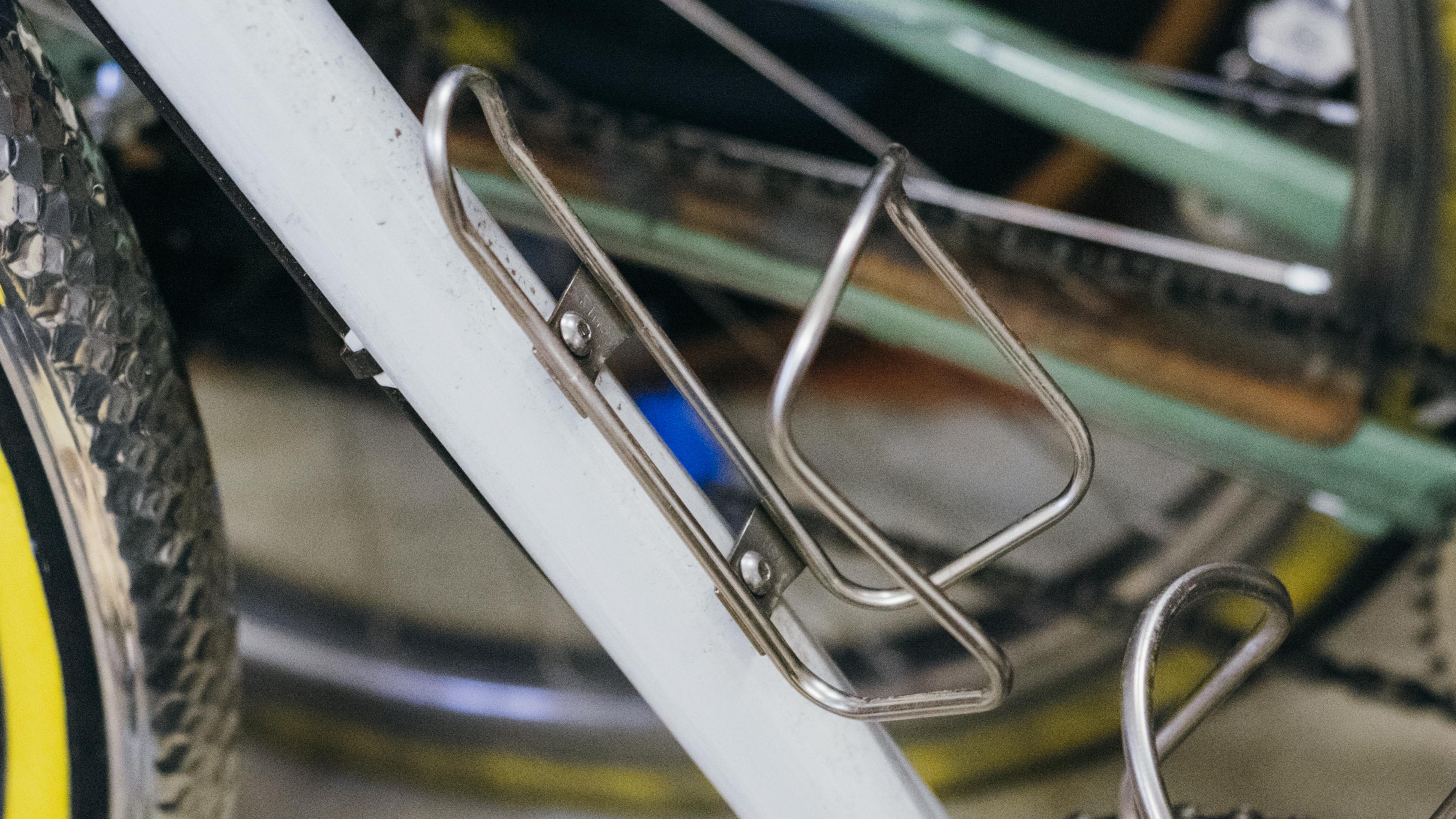
At a glance, cages from King Cage look very similar to other options on the market, but a combo of better materials and quality construction sets them above the competition. Both the stainless steel and titanium options will resist corrosion indefinitely and are fabricated with beautiful, tiny weld beads. If you’re looking for a slightly more elegant option then go for the iris cage; its swoopy form is not only visually pleasing but also is better for smaller frames as the bottle can be removed more easily without bending the cage outwards.
They're pretty boutique, so head to King Cage to get some bottle cages you can swap onto all your new bikes forevermore.

Rapha Classic jersey
Lycra is great. It’s light, stretchy, comfortable, and breathable, but hardwearing? Not so much; you don’t see it used for any applications where durability is key. The cycling industry is as much a culprit as any other for creating a seasonal churn of new styles to promote consumption, and the fact that it’s based around a more sustainable transport option doesn’t really appease this. Our list of the best cycling jerseys is primarily synthetic, which reflects the norm for the industry.
If you want to step off the treadmill and opt for something that transcends seasonal trends then the Rapha Classic jersey is one of the best options out there. The timeless, simple style means it’s yet to look dated or out of place despite being relatively unchanged since its launch in 2004, nearly 20 years ago now. Moreover, the merino and polyester blend, while heavier than Lycra, is more durable and easier to repair too should you manage to damage it in some way.
Again, it’s probably not going to last you all your life if you’re a regular rider, but it should fare better than the majority of other options and for that, it should be applauded.
Rapha has 25% off everything for Black Friday, just as an FYI...
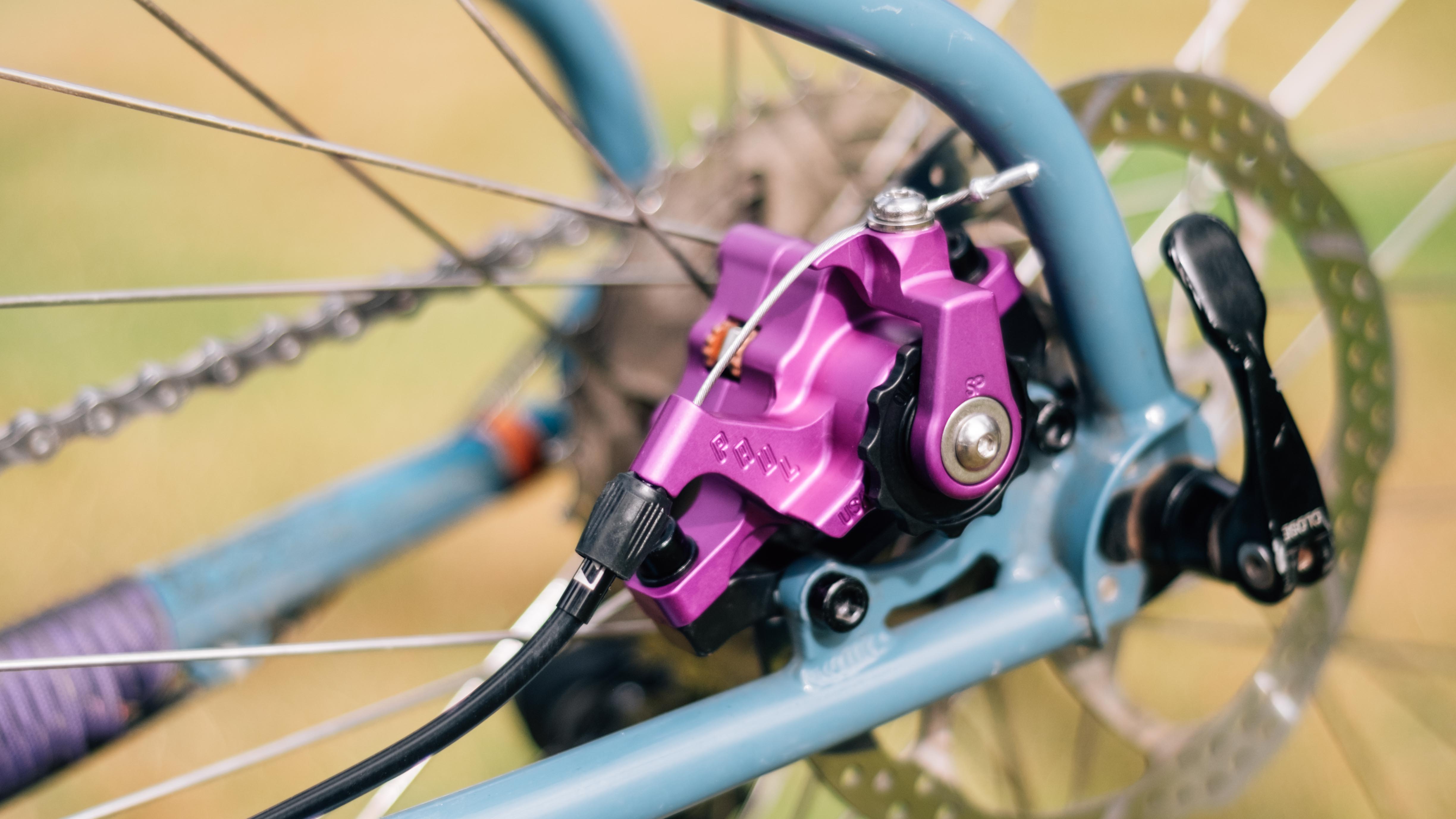
Paul components
Cable-actuated disc brakes have a bad reputation on the whole compared to their hydraulically actuated-cousins. That is, it seems, with the exception of the Klampers from Paul Component Engineering. Manufactured in-house in Chico, California this near-legendary set of stoppers is built with durability in mind as much as performance. Roller bearings in the piston mechanism as opposed to a plastic bushing negate any risk of melting due to heat build-up on long descents, and the whole brake system can be easily disassembled with common hand tools should you wish to clean and service it, though Paul himself says you probably won't ever need to.
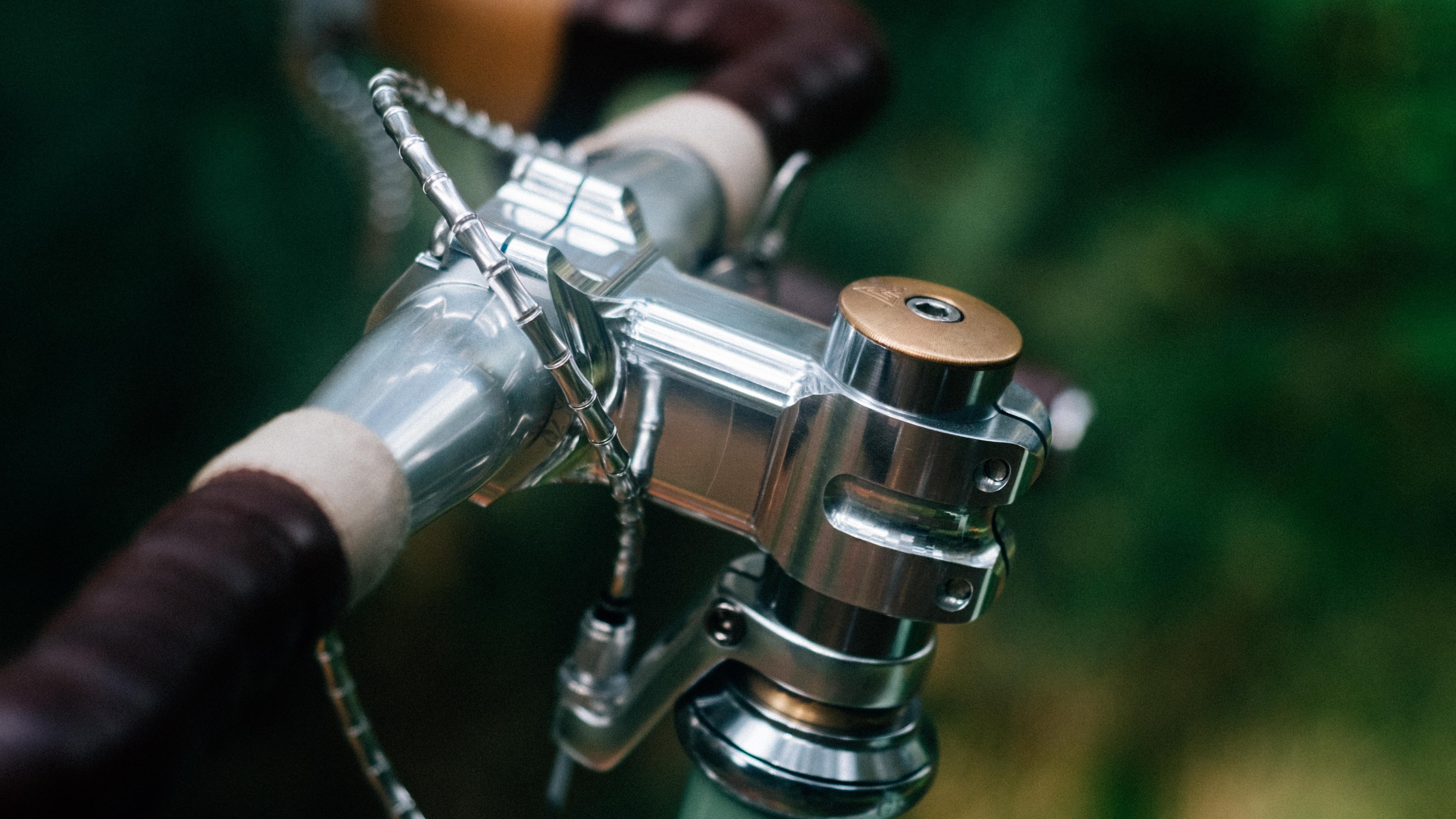
Moreover, with a simple switch of the calliper lever arm, they can be modified for use with long pull, short pull, and Campagnolo levers, meaning you won't have to replace the calliper wholesale if you swap them from bike to bike; less waste, and less expense too.
The Boxcar Stem too, like the whole Paul range, is an in-house piece. Milled from a brick of American aerospace grade aluminium, it’s a thing of beauty, and available in many anodised colours as well as this polished option. Slightly art deco in looks, it’s built to last, and rated for MTB as well as road and gravel use. Again, it won’t be the lightest option out there, but that’s not what this list is about. The Torx bits are high-strength stainless steel, and while less common than the usual M5 or M4 Allen bolts they’re significantly less likely to round off and potentially kill your stem if you can’t drill them out.
As with King Cages, the best bet is to head to Paul Component Engineering to sort yourself out with some gear that won't wear out.
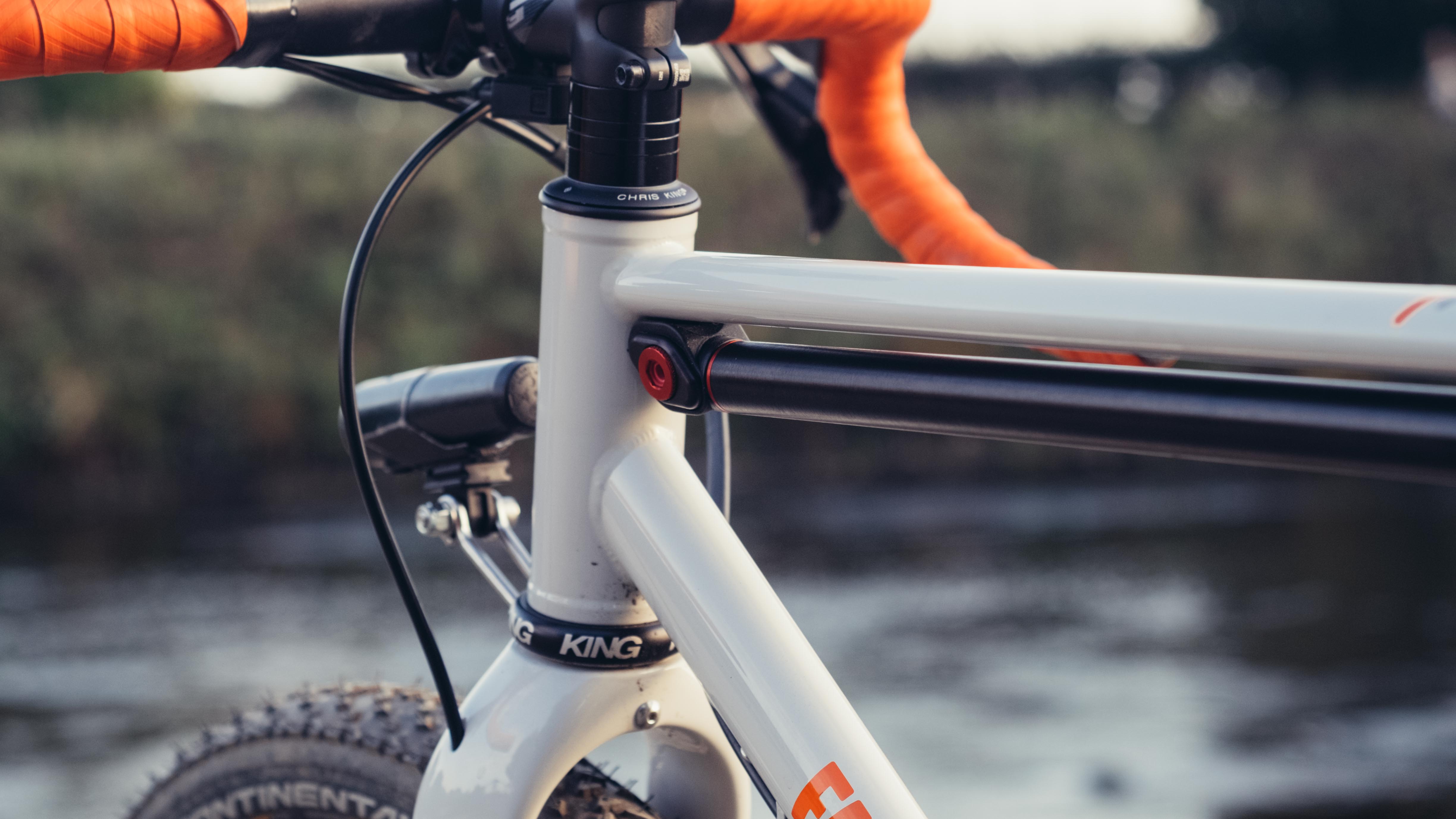
Silca Impero frame pump
If you’ve seen a frame pump on a high end bike it’s probably a SIlca Impero. While extremely expensive when set against the best bike pumps and the best CO2 inflators, a frame pump offers unmatched capacity over smaller units and isn’t nearly as wasteful as using CO2 canisters.
Constructed entirely from aluminium, besides brass hardware in the valve and a replaceable leather piston gasket, the Silca Impero is probably the perfect inflationary friend to take with you forevermore. Like all the best lifetime purchases it can be disassembled for servicing and repair, and if you’re an aesthetician the aluminium construction means it can be easily colour-matched to your frame, which itself will be protected by the built-in silicone bumper and padded head and handle tips.
Don’t be put off by the size; while your buddies are frantically trying to reach a rideable pressure with their mini pumps you’ll breeze up to your optimum without breaking a sweat.
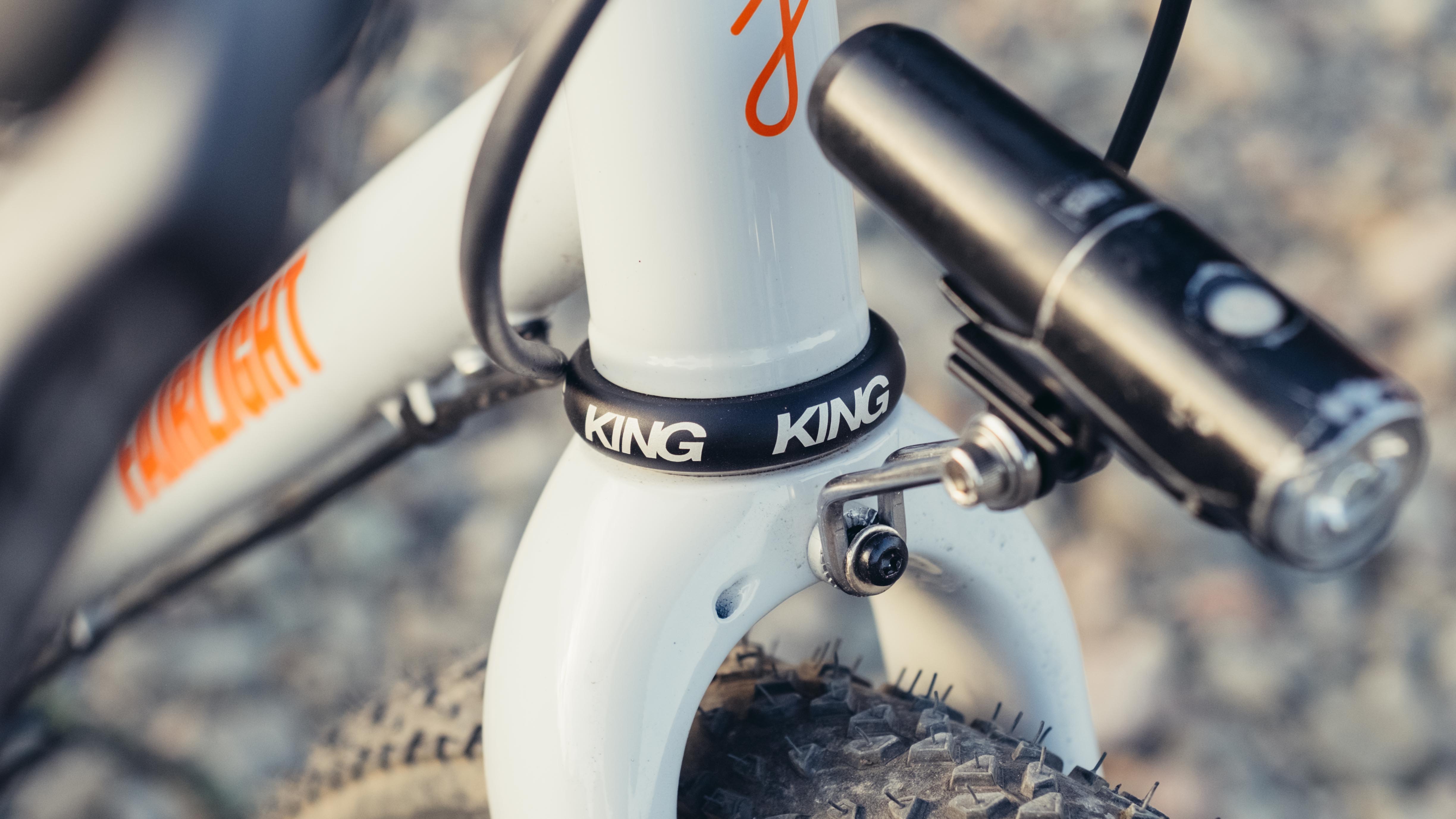
Chris King hubs and headsets
Before writing this I canvassed for opinions as to what to include, both from Cyclingnews staff and some bike mechanics and frame builders too. The one constant was Chris King, whose hubs and headsets have a borderline mythical status for industry professionals and consumers alike. Chris King gear is bike bling of the highest order, but not just because of a range of pretty colours.
Within the beautifully anodised hub shells and headset cups lie the sealed, but fully serviceable, in-house bearings. Whether steel or ceramic they should, with appropriate treatment and servicing, last a lifetime.
The freehub body too, and the mechanism behind it, are constructed to last and last. There may not be as many points of engagement as the Industry Nine Hydra, but using two opposing toothed rings rather than a ratchet and pawl system means they should last longer. The hubs you’d transfer from wheel to wheel if the rim perishes, and the headset will likely stay with you even if your bike frame moves on.

Square taper cranks
This may be controversial, but I’m going to say it nonetheless: I think square taper is the best bottom bracket system for everything up to and including gravel riding. It’s difficult to find top-quality square taper components nowadays that’ll play nicely with modern components, but it’s not impossible. This Rene Herse double is 12-speed compatible, for example, so you could easily run it with Dura-Ace, Super Record, or SRAM Red, and features the same ramps and pins as you’d find on other high-end chainrings for fast, precise shifting.
The prevailing view is that square taper is cheap, heavy, and not for performance riding. The bottom brackets themselves may be slightly heftier than say a Hollowtech II external system, and will naturally rely on you having a BSA threaded BB in most cases, but high-end square taper cranks can rival and even best their more ‘modern’ counterparts in the weight stakes, and being forged from solid aluminium they are plenty stiff enough too.
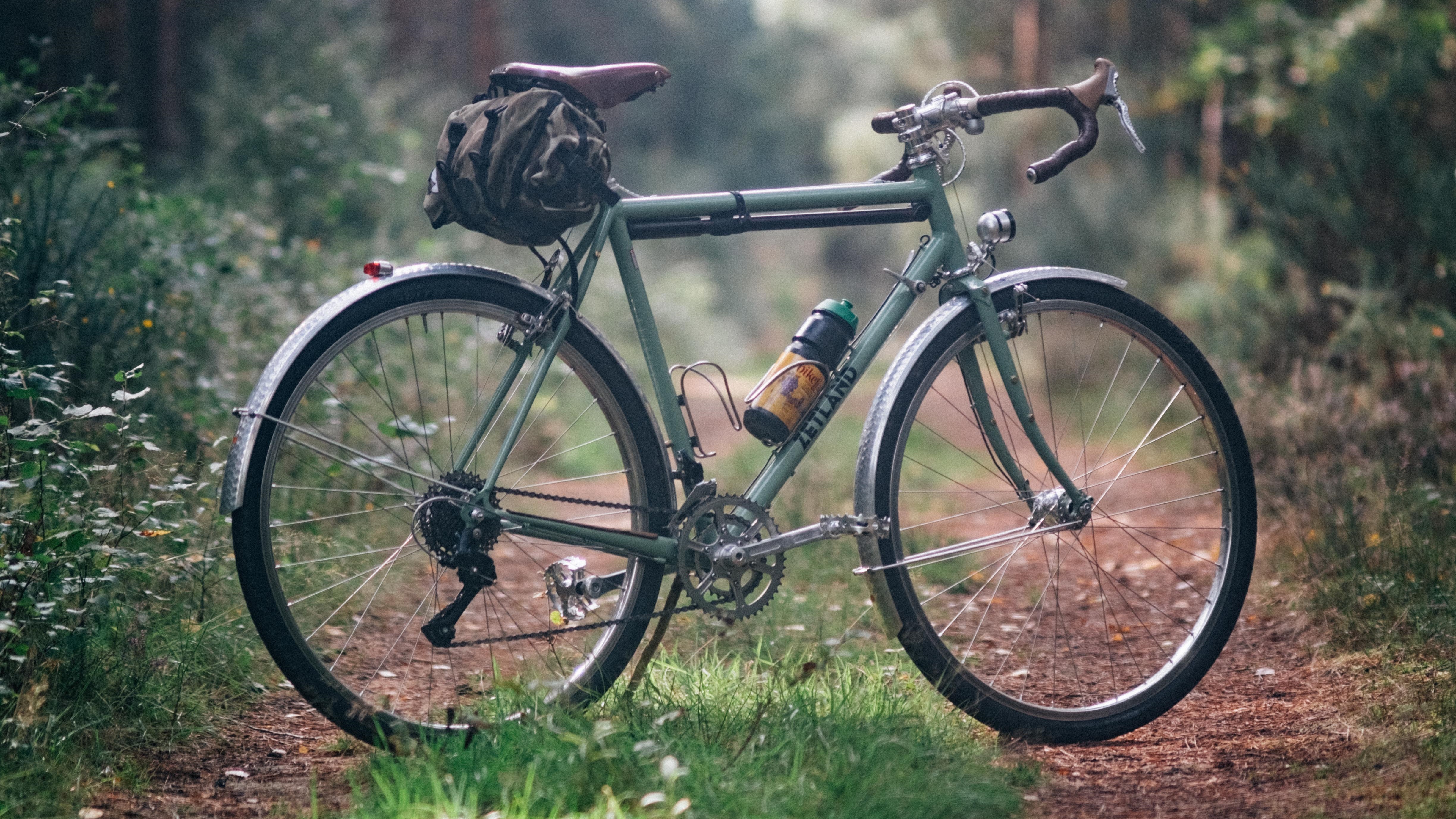
The mounting system is user-friendly, incredibly simple and foolproof, grot resistant, and repeatable; you can uninstall and reinstall the cranks a near unlimited number of times, and the taper reforms each time to form a perfect fit. I have seen the small teeth on Hollowtech II cranks round off, resulting in the need to replace the whole crankset, and while it's not impossible to round off the square taper it's not something I've seen a great deal of.
What’s more, with cranks like these from Rene Herse, and others from Velo Orange (which I run on my own custom bike), a smaller bolt circle diameter allows the use of much smaller inner chainrings, creating a wider gear range. My tandem for example ran a 53/28 for some time with no issues.
Would I happily ride a crankset from today in 30 years' time? Maybe, but I’d have my misgivings, especially if it was carbon or bonded aluminium. Do I use 30-year-old square taper cranks? All the time, and without a second thought.
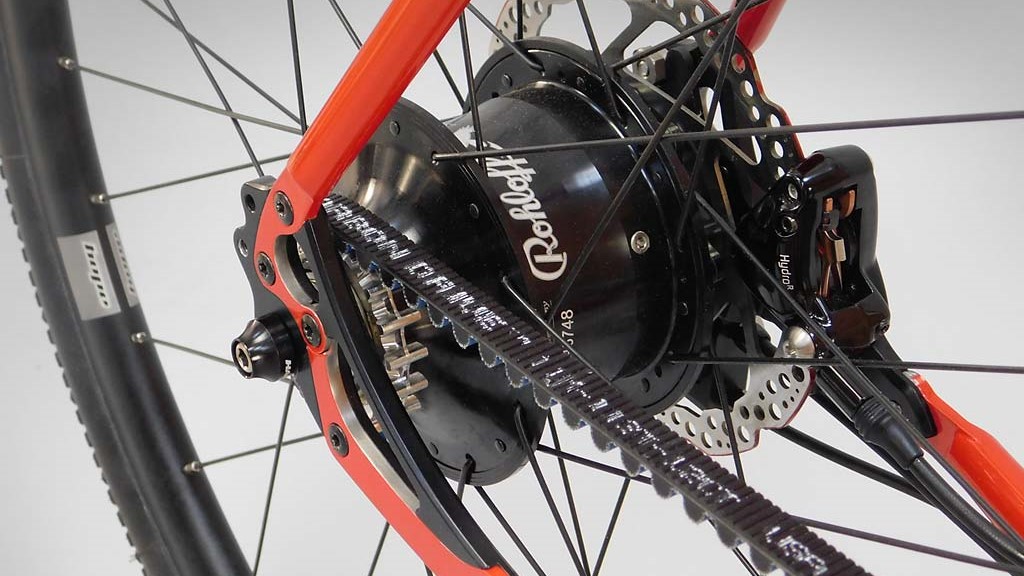
Rohloff hub
326,000km of use for a static component would be impressive, but for the main part of a drivetrain, it’s unparalleled. The Rohloff, like the Sturmy Archer, is a hub-based gear system, but unlike the Sturmy Archer the Rohloff internals sit totally immersed in an oil bath, and it offers 14 gears. For a single fit-and-forget, no-fuss shifting system the Rohloff is basically unbeatable, and, if you can afford it, it’s the ideal choice for tourers, explorers, and maintenance-free riding.
There aren’t many components that get better after the first few thousand kilometres, but that’s what it takes to bed one of these in. You’ll need a frame capable of accepting one, meaning sliding or horizontal dropouts, and they’re not really that common on anything other than the best touring bikes, but that doesn’t diminish the fact that they’re an incredibly durable piece of kit worthy of being on this list, needing only an annual oil change to keep running happily.
While they offer durability in themselves, the fact you get to eschew the rear derailleur too, a protruding and generally rather vulnerable piece of componentry, further adds to the general longevity of the drivetrain system.
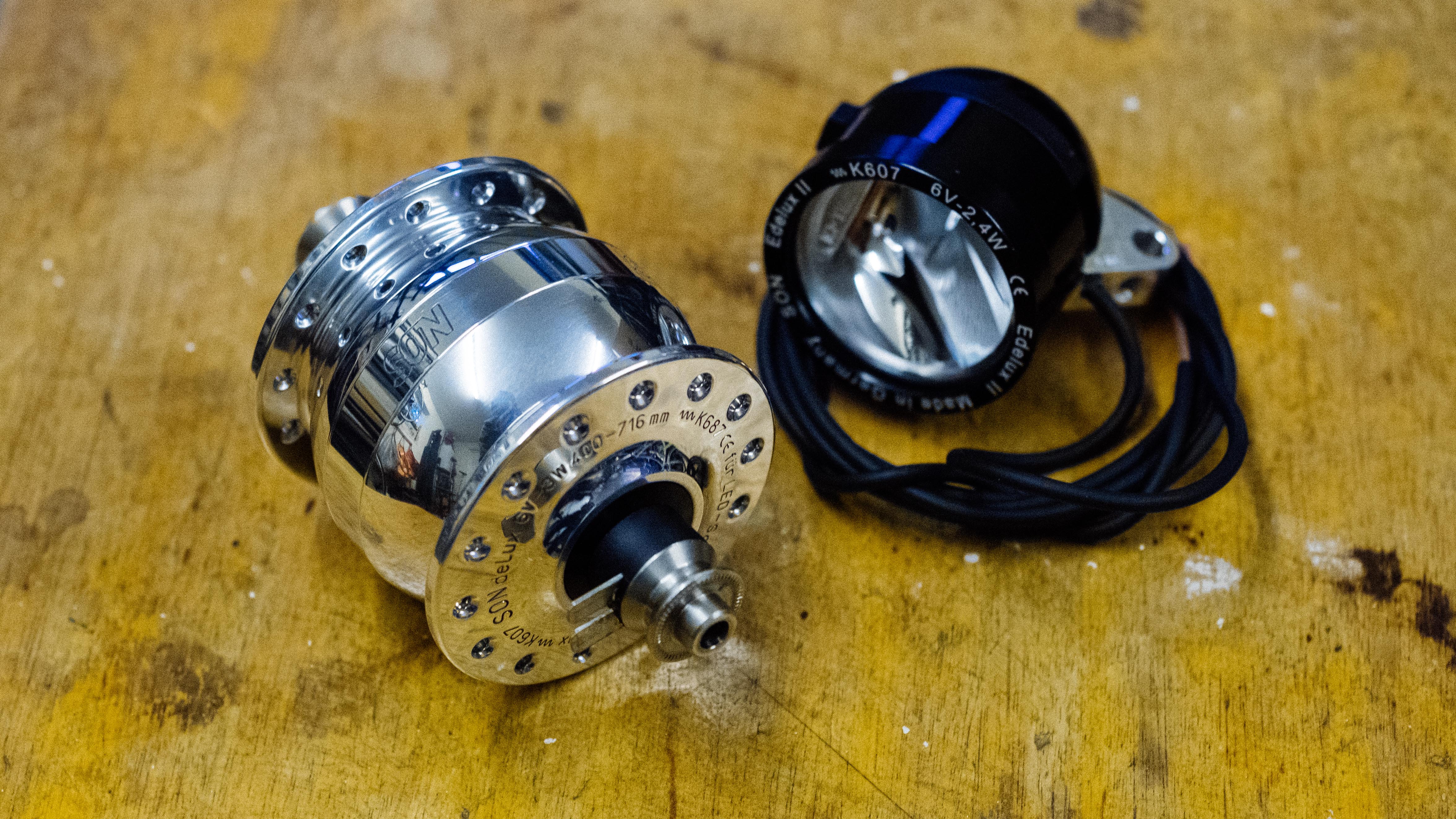
SON dynamo hub and lights
Even the best bike lights will run out of juice at some point. Dynamo hubs alleviate the need to charge lights by creating an on-bike power source at the front hub that can be used to power lights as well as charge electrical devices like your phone and head unit. They’re a little heavier, but with systems like the SON 24 and the SONdelux, there is only about a three-watt penalty when running the lights, which is less of a drag than a dirty drivetrain!
The SON hubs are probably the most renowned, and for good reason. While the company offers a five-year warranty these will almost certainly last a lot longer and can go for 50,000km between services (that’s the dynamo gubbins, not the bearings necessarily). Unfortunately, like most dynamo systems they are not field serviceable and so do need to be sent back to SON HQ when they need some TLC, but if you want a system that will last and last and continue to provide fuss-free power then this is the one to go for.
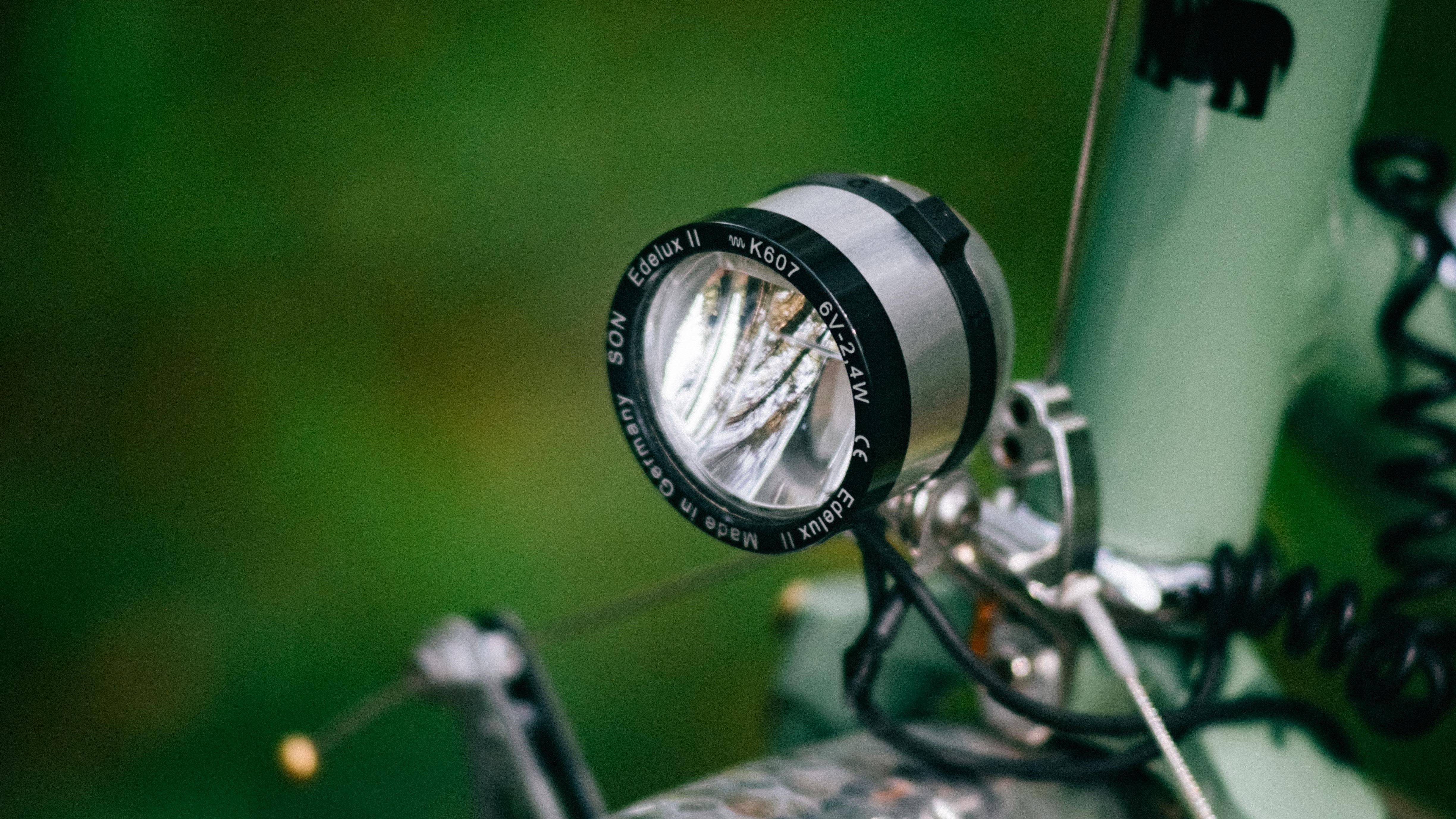
The lights are a little unusual - the rear is a standard red LED setup, but the front is a shaped beam much more akin to a car headlight than the usual blanket spread of illumination offered by most bike lights. It effectively only illuminates the road ahead, and won’t dazzle other road users. It takes a bit of getting used to, as you lose some peripheral light, but the focussing makes it brighter where you need it.
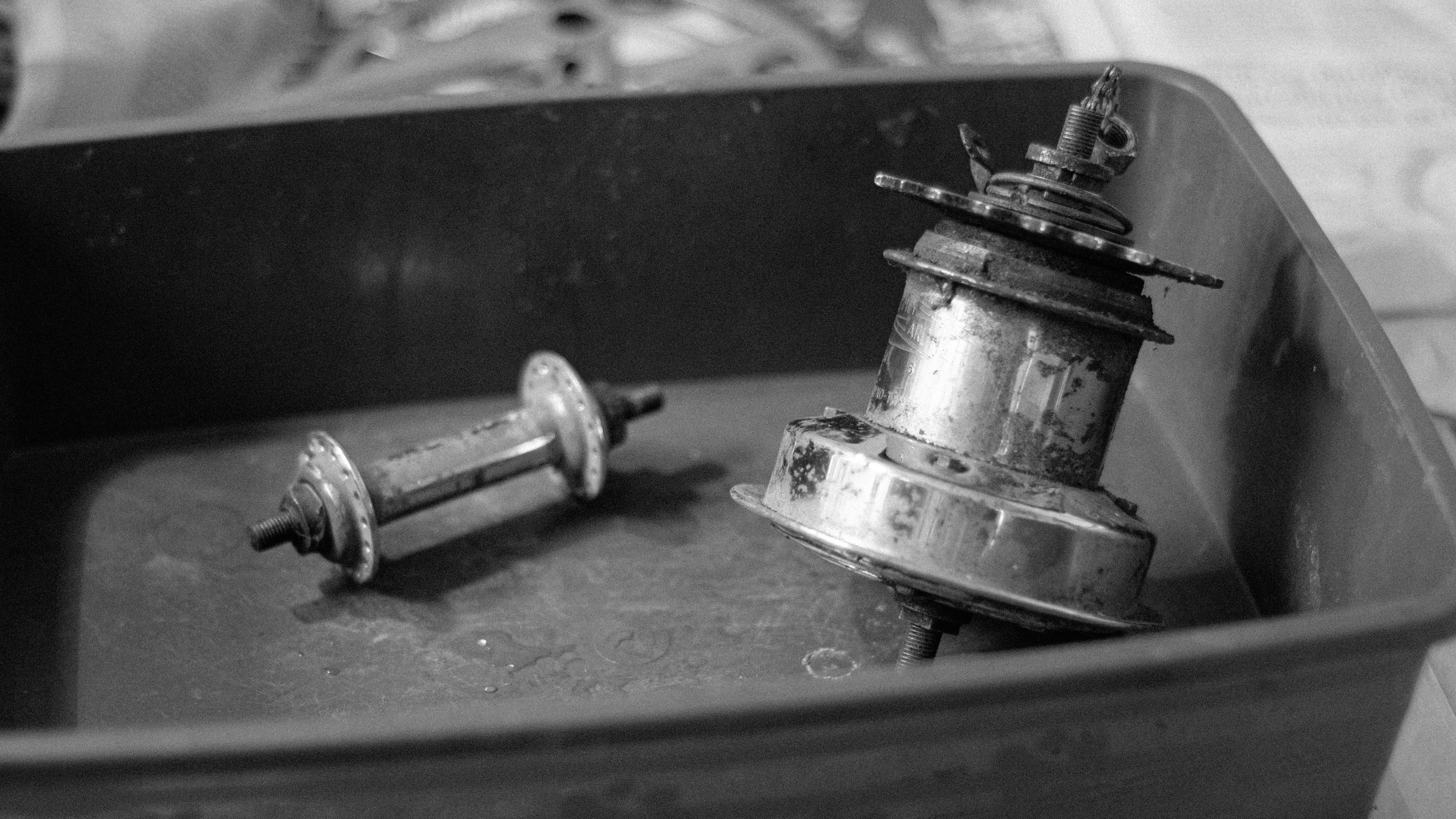
Sturmy archer 3-speed hub
If I had to predict which piece of cycling tech would survive a nuclear apocalypse it would be a Sturmy Archer three-speed rear hub. They are absolutely unkillable, needing only a few drops of light oil every now and then to keep spinning happily.
Yes, they’re heavy. No, they don’t offer the gear range of modern derailleur systems. They are, however, in my eyes, the ideal gearing setup for the majority of commuters. More or less entirely maintenance-free, and able to handle muck and grime with aplomb. Singlespeed sprockets, chainrings, and chains last significantly longer than their multi-speed counterparts, and you can even shift while stationary, which is surprisingly handy if a light turns red suddenly and you’re stuck in the wrong gear.
If you live in San Francisco or somewhere else extremely hilly then maybe this isn’t for you, but if your commute isn’t too hilly then with one of these the marginal time you’d potentially lose in terms of weight and gear range you’d more than makeup for in reduced cleaning time and downtime for servicing.
They’re not glamorous, but I’ve worked on hubs from the 1950s that I’d have happily fitted to a new bike (yes, that grubby one you can see above). You can even pair them with the Sunrace shifters mentioned above for the ultimate bombproof setup.

Will joined the Cyclingnews team as a reviews writer in 2022, having previously written for Cyclist, BikeRadar and Advntr. He’s tried his hand at most cycling disciplines, from the standard mix of road, gravel, and mountain bike, to the more unusual like bike polo and tracklocross. He’s made his own bike frames, covered tech news from the biggest races on the planet, and published countless premium galleries thanks to his excellent photographic eye. Also, given he doesn’t ever ride indoors he’s become a real expert on foul-weather riding gear. His collection of bikes is a real smorgasbord, with everything from vintage-style steel tourers through to superlight flat bar hill climb machines.